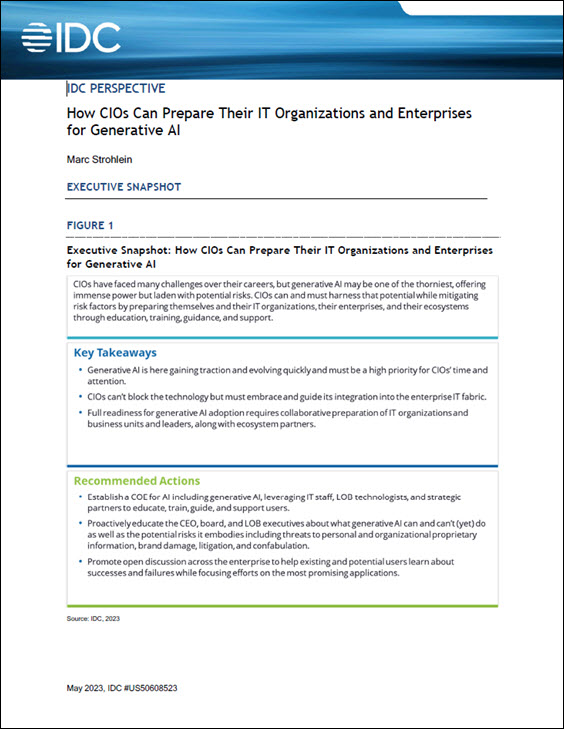
Aterui II Supercomputer
Today Cray announced that it has delivered and installed a Cray XC50 supercomputer at the National Astronomical Observatory of Japan (NAOJ). The supercomputer, nicknamed NS-05 “ATERUI II,” provides more than 3 peak petaflops making it the world’s most powerful supercomputer dedicated to astrophysical calculations.
NAOJ will use the system as a new “telescope” for theoretical astronomy to perform full-scale, high-resolution simulations of the formation and evolution of the Milky Way galaxy as well as three-dimensional simulations of a supernova explosion with realistic microphysics, among other models.
Since purchasing our first Cray system in 2008 and working closely with Cray over the years to deploy new and more powerful supercomputers, we’ve been pleased with the performance that has allowed our researchers to advance computational modeling in astrophysics–an early stage discipline compared to observational astronomy,” said Eiichiro Kokubo, project director, Center for Computational Astrophysics at NAOJ. “Our new Cray XC50 gives us the computational capability required to solve challenges that previous systems could not address and calculate astrophysical simulations in a more realistic way.”
The new Cray XC50 supercomputer is the third generation of Cray systems installed at NAOJ and offers three times more performance than the observatory’s previous Cray XC30 system, “ATERUI.” This year, about 150 researchers are expected to use ATERUI II to calculate, for example, the mutual gravitational forces among 200 billion stars in the Milky Way, as opposed to the method used in other industry simulations.
This latest supercomputer is the third that Cray has delivered to NAOJ in the last decade,” said Mamoru Nakano, president of Cray Japan. “With a powerful supercomputer like the XC50, NAOJ is able to use astronomical simulations to recreate the Universe by modeling stars, celestial objects and other phenomena.”
ATERUI II, like all Cray XC50 systems, is optimized for sustained performance and scaling, essential capabilities in astrophysical simulation. High-performance communication libraries layered on the Cray designed Aries network enable the compute nodes to work together efficiently, yielding faster and better simulation results. A highly efficient power and cooling system ensures reliable performance and lower operating costs. ATERUI II also features 2,101 Intel Xeon 6148 20-core (2.4 GHz) processors and a total of 40,200 “Skylake” Xeon cores, providing more than 3 peak petaflops and 385 terabytes of total memory.




